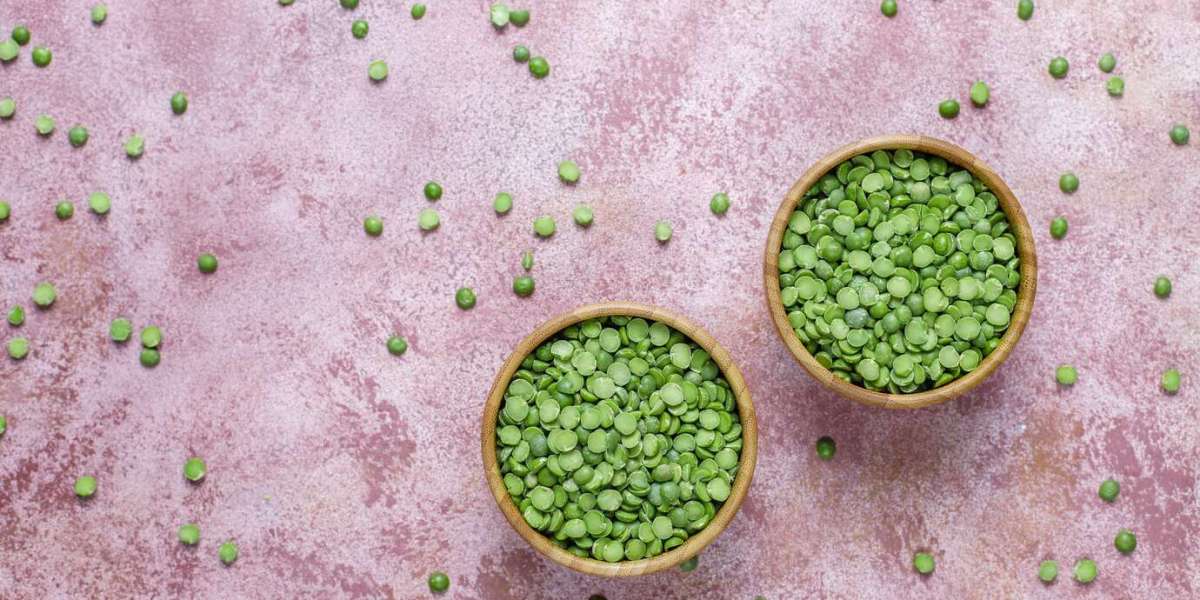Assessing the Performance of the Pea Fiber Market: Growth, Trends, and Realities
In the broader context of plant-based food innovation, pea fiber has emerged as a functional and nutritional ingredient with rising relevance. Over the past few years, the market for pea fiber has steadily gained traction, driven by consumer demand for cleaner labels, gut-friendly products, and sustainable sources of nutrition. But beyond the buzz, how is the pea fiber market actually performing?
A closer look reveals a market that is growing, but not without its complexities. The performance of the pea fiber market reflects a mix of strong momentum, evolving challenges, and strategic adaptation across multiple sectors of the food industry.
Positive Growth Trajectory
The overall performance of the pea fiber market has been encouraging. While it’s still smaller than the markets for more established fibers like wheat bran, psyllium, or inulin, pea fiber is steadily carving out its own niche. According to various industry reports, the global pea fiber market is projected to grow at a compound annual growth rate (CAGR) of approximately 6–8% over the next several years.
This growth is fueled by increasing incorporation of pea fiber into packaged foods, especially in regions like North America and Europe, where the health and wellness movement is well-developed. In these markets, brands are competing to meet consumer expectations for functional ingredients that support digestion, weight management, and overall wellness—areas where fiber plays a central role.
Driving Forces Behind Market Performance
Several factors are driving the market’s upward performance:
Health-conscious consumers: A rise in awareness around dietary fiber intake and its link to digestive health has led more shoppers to seek out fiber-fortified foods. Pea fiber offers a natural, plant-based option that fits modern dietary preferences.
Plant-based product boom: As more consumers turn to vegan or flexitarian diets, the demand for clean, allergen-friendly ingredients like pea fiber has surged. It pairs well with plant-based proteins and serves functional roles in meat and dairy alternatives.
Clean label movement: Food manufacturers are under pressure to simplify ingredient lists. Pea fiber, being minimally processed and naturally derived, fits well into clean-label product development.
Sector-by-Sector Performance
Pea fiber is seeing especially strong performance in bakery, snacks, and plant-based meat products. In baked goods, it improves water retention and shelf life, while increasing dietary fiber content. In the rapidly growing alternative protein space, pea fiber contributes to texture and structure two critical components in replicating the mouthfeel of meat.
The ingredient is also finding applications in nutrition bars, cereals, and pet food, further diversifying its demand base. In pet nutrition, for example, pea fiber’s hypoallergenic and digestibility profile makes it a popular choice in grain-free and premium formulations.
In the B2B ingredient supply chain, companies specializing in pea protein have expanded into fiber production to increase product offerings and reduce waste. This integrated processing approach not only improves supply efficiency but also boosts market performance by creating new revenue streams.
Regional Market Insights
From a regional standpoint, the U.S. and Canada remain key drivers of the market, thanks in part to established pea cultivation infrastructure and a strong base of food tech startups. European countries are also seeing notable growth, particularly where regulations favor high-fiber claims and where plant-based diets are becoming more mainstream.
Emerging markets in Asia-Pacific are beginning to show potential as well, although awareness and availability are still developing. As health concerns and Western eating habits influence dietary trends in countries like China and India, pea fiber is likely to see stronger performance in those regions over time.
Current Limitations and Market Headwinds
Despite its progress, the pea fiber market is not without its hurdles. One of the key restraints is consumer awareness. While the term “fiber” resonates, “pea fiber” specifically is not yet a widely recognized ingredient on retail packaging. Without strong marketing or brand education, some of its benefits may go unnoticed.
Additionally, the supply chain is still maturing. Most pea fiber is a by-product of pea protein production, which means availability and pricing can fluctuate depending on the global demand for protein. This interdependence affects long-term planning for food manufacturers that require consistency and predictability in ingredient sourcing.
Formulation challenges also persist. Although pea fiber is neutral in taste and generally easy to work with, it can sometimes impact texture if not properly integrated—especially in beverages or delicate baked goods. This necessitates investment in R&D, which not all manufacturers are ready to make.
Competitive Landscape
From a competitive standpoint, pea fiber is up against a wide range of established dietary fibers. Ingredients like oat fiber, chicory root fiber, and bamboo fiber have strong consumer familiarity and long-standing use in product development.
However, what gives pea fiber an edge is its combination of nutritional value, functionality, and sustainability. Brands that can tell a compelling story around these traits are better positioned to differentiate themselves in a crowded market.
Conclusion
The performance of the pea fiber market reflects the broader momentum in plant-based innovation steady, promising, and dynamic. While still growing in visibility, pea fiber is becoming a staple for brands that prioritize health, clean ingredients, and sustainability.
Continued investment in processing, formulation technology, and consumer education will be essential to maintaining this positive trajectory. If current trends hold, pea fiber could soon transition from emerging ingredient to everyday essential in the global food supply.








